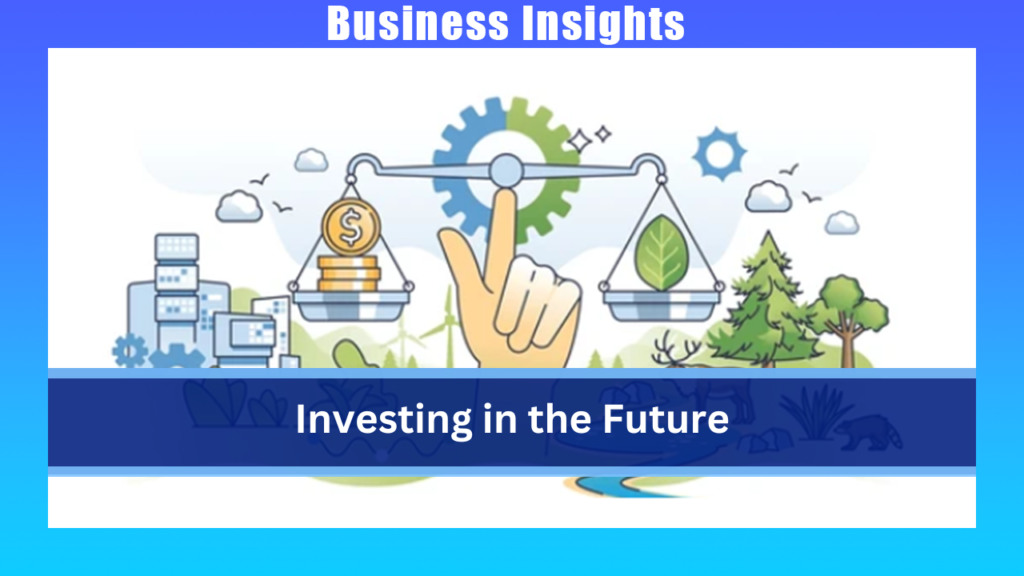
In an era where sustainability is more than just a buzzword, businesses must adopt proactive strategies to meet increasingly stringent environmental regulations and consumer expectations. One powerful tool leading this charge is Scenario Analysis—a method that allows organizations to model various sustainability strategies, forecast potential outcomes, and make informed decisions for long-term success.
What is Scenario Analysis?
Scenario analysis involves creating and evaluating different future scenarios based on varying inputs, such as changes in regulations, shifts in consumer behavior, or advancements in technology. In the context of carbon emission management, it allows businesses to simulate how different sustainability strategies might affect their overall emissions, operational costs, and compliance status.
By modeling multiple possibilities, organizations can prepare for uncertainties and identify the most effective pathways to achieving their sustainability goals.
Advantages of Scenario Analysis in Carbon Emission Management
Data-Driven Decision-Making:
Businesses can make informed choices by evaluating the potential impacts of various strategies on emissions and operational costs.
Regulatory Compliance:
Helps organizations anticipate future regulations, such as those under frameworks like the GHG Protocol, CSRD, or SFDR, ensuring ongoing compliance.
Risk Mitigation:
Identifying risks associated with climate change and supply chain disruptions allows businesses to implement safeguards before issues arise.
Financial Planning:
Quantifying potential savings from emissions reduction strategies can guide investment decisions and improve ROI.
Competitive Advantage:
Early adoption of emissions-reduction strategies can position businesses as industry leaders, attracting eco-conscious consumers and investors.
What Organizations Need for Effective Scenario Analysis
To implement effective scenario analysis, organizations need:
Robust Data Infrastructure:
Centralized data collection platforms like Microsoft Sustainability Manager or Sustainability Data Solutions in Microsoft Fabric enable accurate and comprehensive emissions tracking.
Advanced Analytical Tools:
Tools capable of running complex simulations, such as Microsoft’s AI-powered platforms, allow businesses to model various emissions reduction scenarios efficiently.
Clear Sustainability Goals:
Defining clear targets aligned with international standards (e.g., SBTi’s 1.5-degree goal) ensures that scenario analyses are meaningful and actionable.
Cross-Departmental Collaboration:
Integrating data from finance, operations, and supply chain management teams enhances the accuracy and relevance of scenario models.
How Scenario Analysis Helps Achieve Sustainability Goals
Optimizing Resource Allocation:
By forecasting the outcomes of different strategies, businesses can allocate resources more effectively to areas that yield the highest impact.
Adapting to Market Changes:
Predictive models help organizations respond swiftly to market shifts, such as changes in consumer preferences toward sustainable products.
Enhancing Resilience:
Modeling potential disruptions—like extreme weather events or geopolitical changes—helps businesses strengthen their supply chains and minimize emissions-related risks.
Boosting Transparency:
Clear scenario analysis results can improve reporting accuracy for stakeholders, investors, and regulators.
Real-World Applications
Leading organizations are already leveraging scenario analysis to enhance their sustainability strategies:
Microsoft uses its Emissions Impact Dashboard to model and reduce the carbon footprint associated with cloud computing.
Unilever conducts scenario planning to assess climate-related financial risks and guide long-term business strategy.
Conclusion: The Future of Sustainable Decision-Making
Incorporating scenario analysis into carbon emissions management transforms sustainability from a reactive measure into a strategic advantage. By leveraging tools like Microsoft Sustainability Manager and AI-driven analytics, businesses can stay ahead of regulatory requirements, reduce their carbon footprint, and create value for stakeholders.
As the pressure for sustainable business practices continues to rise, scenario analysis will become an essential tool for organizations aiming to lead the charge toward a greener future.


